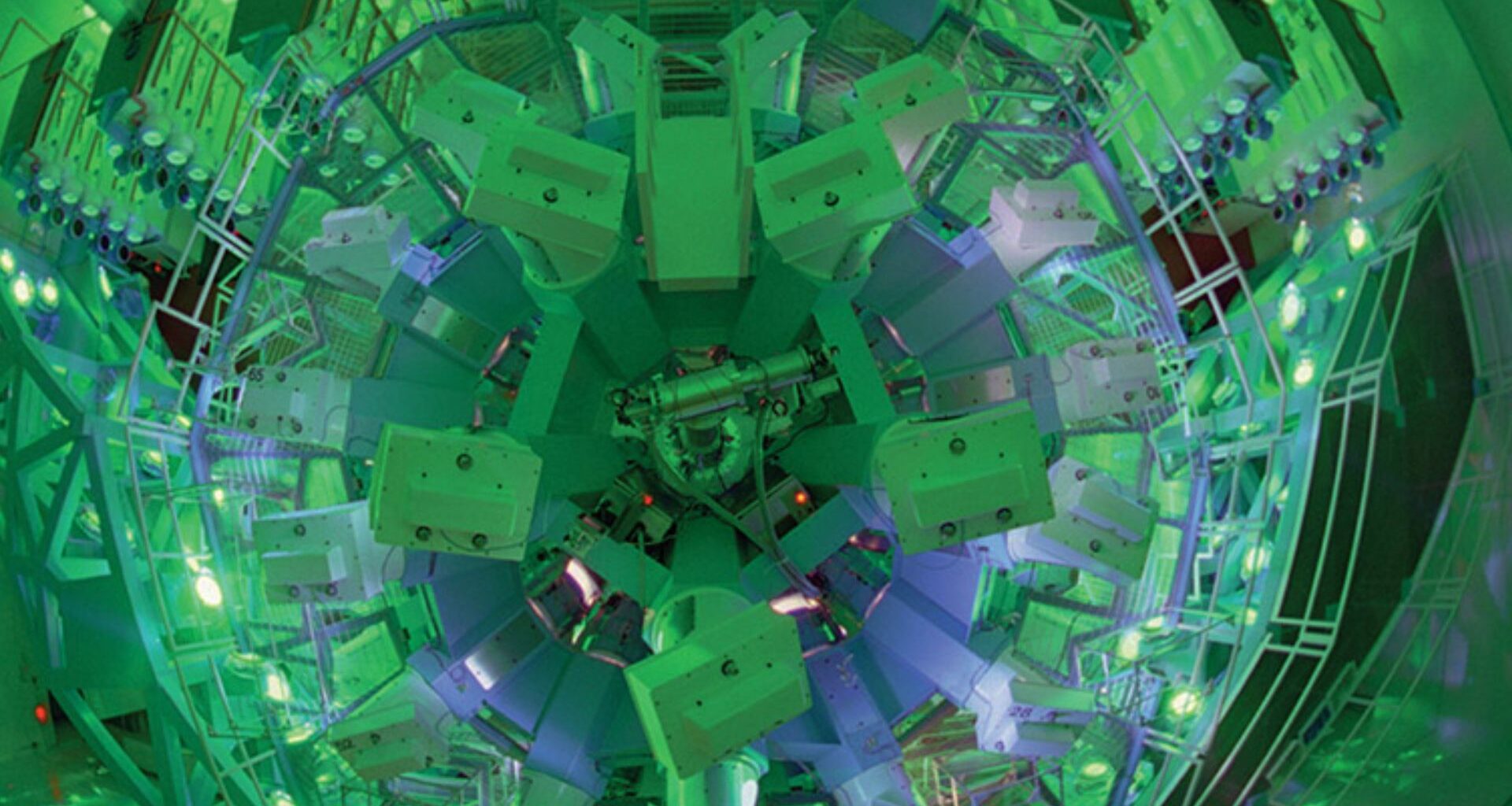Researchers in the US have revealed that heat does not flow as expected between different materials when they are in a super-hot, ultra-dense state known as high-energy-density plasma.
The experiment, conducted using the powerful Omega-60 laser at the University of Rochester, has shown that even at a staggering 180,000 degrees Fahrenheit, heat struggles to move between different materials in a high-energy-density plasma state.
The findings challenge previous assumptions about how heat behaves in environments similar to those found inside stars and planetary cores, or created in experiments aiming for laser-driven fusion ignition.
“The work is expected to provide a better understanding of inertial confinement fusion experiments, which aim to reliably achieve fusion ignition on Earth using lasers,” said the researchers in a press release.
First direct observation of limited heat flow
This research marks the first time scientists have directly observed the limited heat flow between materials under such extreme conditions.
Led by physicist Thomas White from the University of Nevada, Reno, and his former doctoral student Cameron Allen, the study focused on the interface between metal (tungsten) and plastic subjected to intense heat and pressure generated by X-rays from laser-heated copper foils.
“Understanding how energy flows across a boundary is a fundamental question, and this work provides us with new insights into how this happens in the exceptionally energy-dense environments that one finds inside of stars and planetary cores,” noted Jeremiah Williams, a program director for the US National Science Foundation (NSF) Plasma Physics program.
During the experiment, the tungsten wire reached 180,000°F, while the adjacent plastic coating remained comparatively “cool” at around 20,000°F.
“When we looked at the data, we were totally shocked because the heat was not flowing between these materials,” highlighted White. “It was getting stuck at the interface between the materials, and we spent a long time trying to work out why.”
Interfacial thermal resistance is key factor
The team identified interfacial thermal resistance as the main reason behind this pattern.
This phenomenon, already known to impede heat transfer in less extreme environments, appears to persist and significantly hinder energy flow even in the extreme conditions of high-energy-density plasma.
“The electrons in the hotter material arrive at the interface between the materials carrying thermal energy but then scatter off and move back into the hotter material,” explained the press release.
Broader technological implications
The implications of this research extend beyond the pursuit of fusion energy through inertial confinement, which relies on lasers to compress and heat fuel to initiate nuclear fusion.
Understanding heat transfer in high-energy-density plasmas is also critical for advancements in other technologies, including semiconductor etching processes and the design of vehicles capable of hypersonic flight.
“High energy laser labs provide an essential tool for developing a precise understanding of these extreme environments — and this has implications for a wide variety of important technologies, from medical diagnostics to national security applications,” concluded Williams.
This study underscores the complex physics at play in extreme environments and highlights the challenges that must be overcome to achieve practical fusion energy and further develop other cutting-edge technologies.
